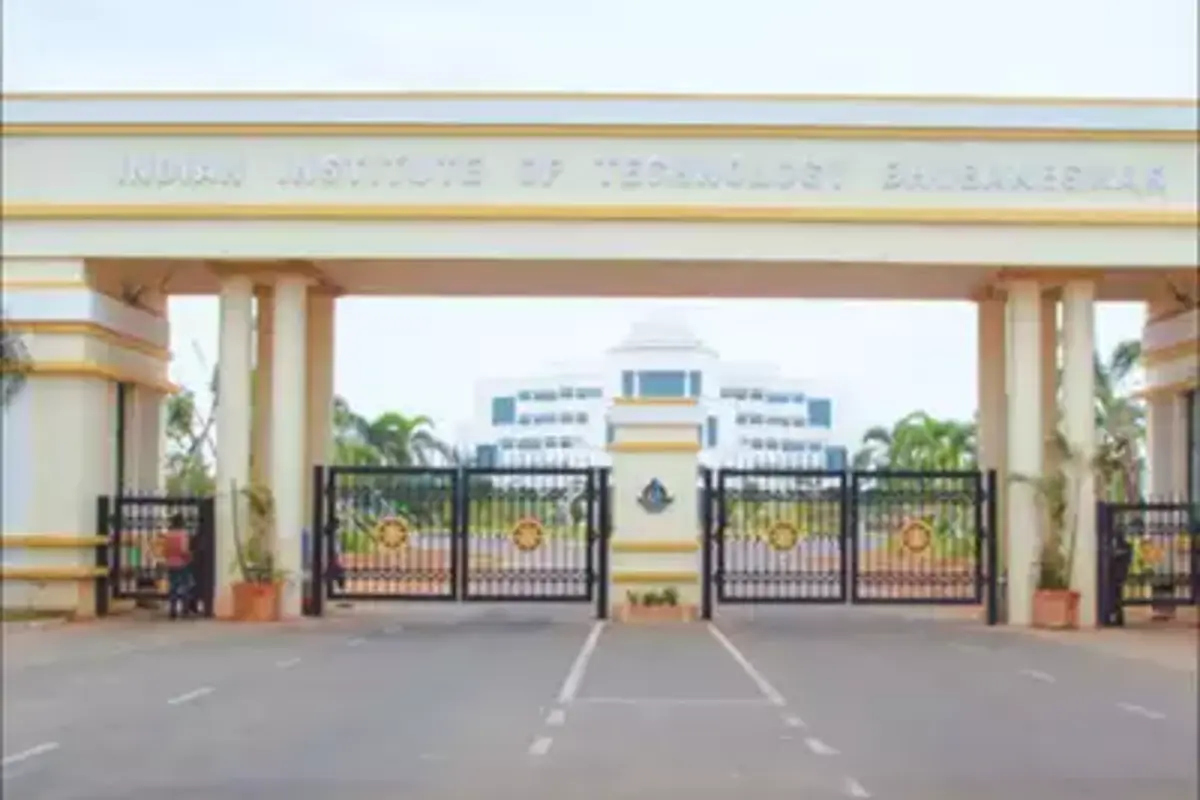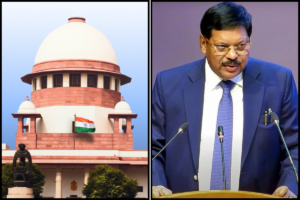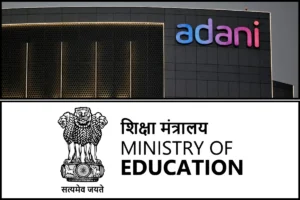
The Indian Institute of Technology (IIT)-Bhubaneswar has unveiled a new hybrid technology designed to enhance weather forecasting. This innovative technology integrates the Weather Research and Forecasting (WRF) model with deep learning (DL) techniques. The primary goal is to improve the accuracy of predicting heavy rainfall events with a sufficient lead time.
This development aims to address the challenges of forecasting in complex terrains, particularly in the Indian region. Official sources revealed that the study focused on areas with high vulnerability to severe flooding. Specifically, the research was conducted in Assam and Odisha, where heavy rainfall events are known for their intensity and variability.
Also Read: I&B Ministry Extends Deadline For Feedback On Draft Broadcasting Bill
In Assam, known for its susceptibility to severe flooding, the hybrid model has shown impressive results. It delivers prediction accuracy that is nearly double that of traditional ensemble models at the district level. The model offers a lead time of up to 96 hours, showcasing its significant improvement in performance. The studies were based on retrospective cases, demonstrating the model’s potential for real-time applications.
Moreover, another study by IIT-Bhubaneswar highlighted the advancements made in real-time rainfall forecasting. The research, published in IEEE Xplore, demonstrated that combining deep learning with the WRF model substantially enhances forecast accuracy. This is particularly critical for flood-prone regions like Assam.
Between June 13 and 17, 2023, Assam faced severe flooding due to intense rainfall. The deep learning model provided a more precise prediction of rainfall distribution and intensity at the district level. Initially, the WRF model generated weather forecasts, then refined using the DL model.
Experts have now employed a spatio-attention module to improve the model’s ability to capture intricate spatial dependencies in the data. The hybrid model was trained using historical data from past heavy rainfall events and observations from the India Meteorological Department (IMD).
This advancement is crucial for better managing natural disasters and ensuring public safety. Additionally, the success of this model could pave the way for similar hybrid technologies in other complex topographical regions, such as the Western Himalayas and Western Ghats in India.
To read more such news, download Bharat Express news apps






















